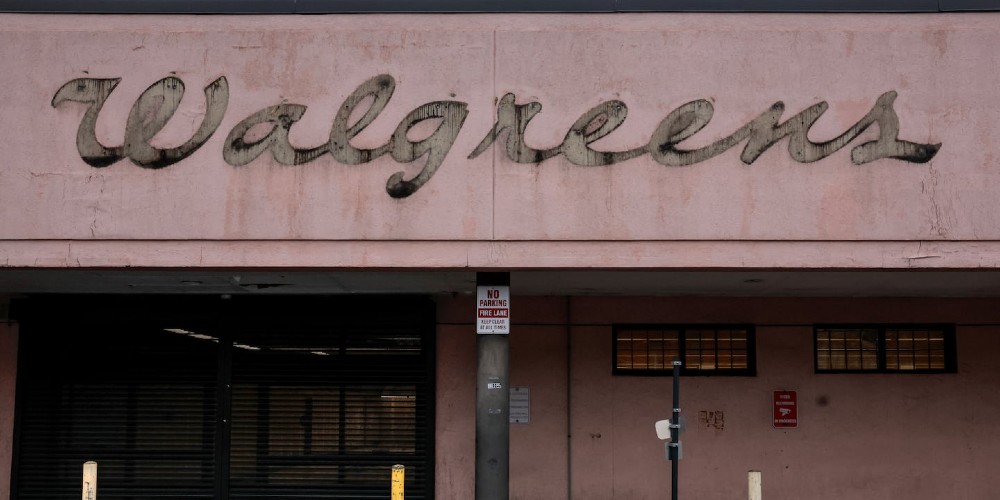(The Epoch Times)—Pharmacy chain Walgreens announced it will shut down 1,200 stores across the United States over the next three years.
Closures of Walgreens stores were announced in June, but the company had not disclosed the number of affected stores at that time. It had more than 8,000 stores in the United States as of Aug. 31 last year.
In a statement, the company said that as part of a “footprint optimization program,” there will be about 1,200 closures around the country until 2027. That includes about 500 store closures in the fiscal year 2025, which will “immediately” provide the company with some “free cash flow.”
“Our financial results in the fiscal fourth quarter and full year 2024 reflected our disciplined execution on cost management, working capital initiatives and capex reduction,” Walgreens CEO Tim Wentworth said in the statement.
He said that in the next fiscal year, Walgreens will be “focusing on stabilizing the retail pharmacy by optimizing [the company’s] footprint, controlling operating costs, improving cash flow, and continuing to address reimbursement models to support dispensing margins and preserve patient access for the future.”
“This turnaround will take time, but we are confident it will yield significant financial and consumer benefits over the long term,” said Wentworth, who was named chief executive officer in 2023.
Which crypto-backed IRA is best?
– BlockTrust IRA is ideal for managed accounts.
– iTrustCapital is for buy and hold.
Walgreens, like its competitors, has been struggling for years with tight reimbursement for the prescriptions it sells as well as other challenges such as rising costs to operate its stores. Drugstore chains have also been dealing with more competition from online retail giant Amazon, as well as Walmart and Target.
Rival CVS Health Corp. is wrapping up a three-year plan to close 900 stores. Another major chain, Rite Aid Corp., emerged from a bankruptcy reorganization earlier this year after whittling its store count down to about 1,300 locations.
Walgreens has also been backing away from a plan to add primary care clinics next to some of its stores after launching an aggressive expansion under previous CEO Rosalind Brewer.
Walgreens said Tuesday that its net loss swelled to more than $3 billion in the final quarter of 2024. The company said softer U.S. retail and pharmacy performance hurt operating income. It also booked some hefty charges tied to opioid litigation settlements the company had recognized in previous quarters and an equity investment in China.
Walgreens shares rose by almost 4 percent on Tuesday morning before Wall Street’s opening bell.
A filing with the U.S. Securities and Exchange Commission in August revealed that Walgreens had considered selling off at least parts of its VillageMD subsidiary business. VillageMD describes itself as a doctor-staffed primary care clinic operator.
Earlier in October, CVS said it was cutting about 2,900 jobs across the United States as part of a cost-savings program, according to a statement. Those layoffs will mainly impact corporate jobs and will represent fewer than 1 percent of the company’s workforce.
The reductions, part of CVS’s previously announced plan, would primarily impact corporate roles and not frontline jobs in stores, pharmacies, and distribution centers, it said.
The Associated Press and Reuters contributed to this report.



